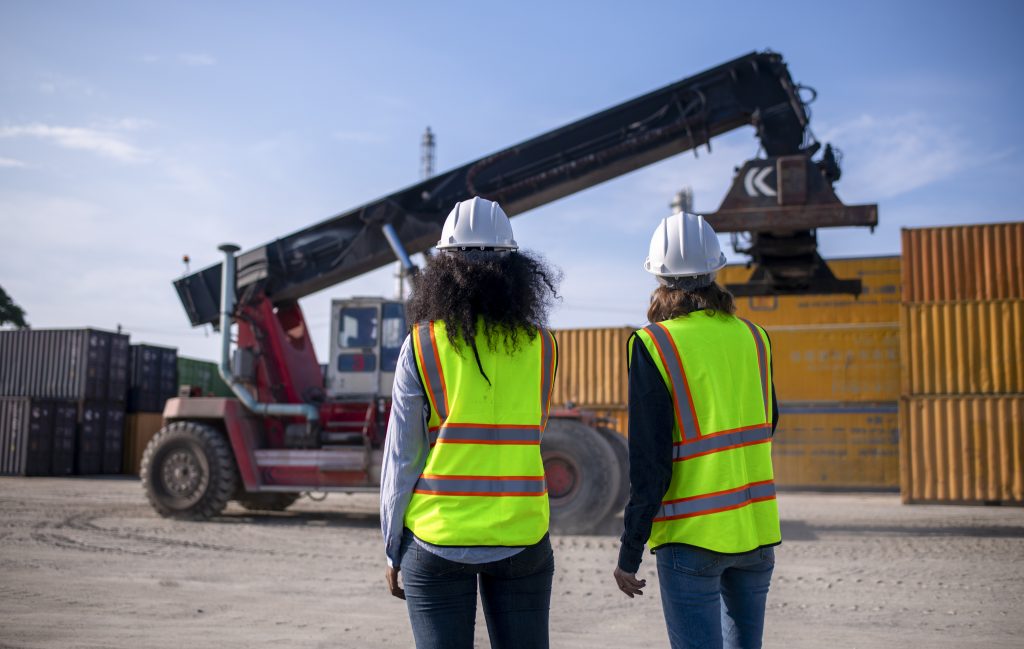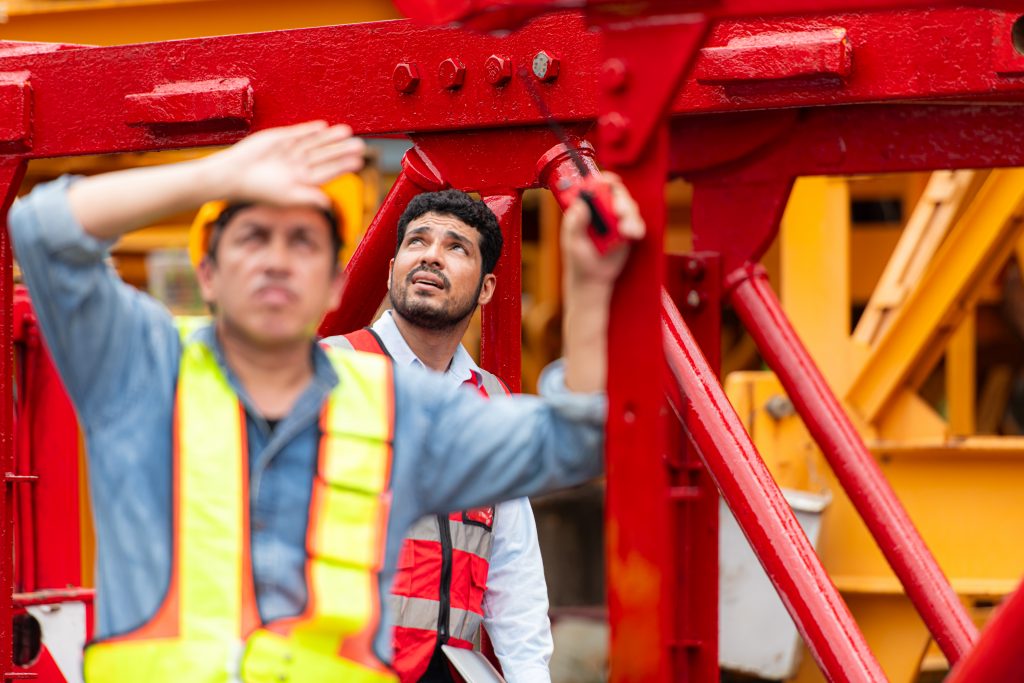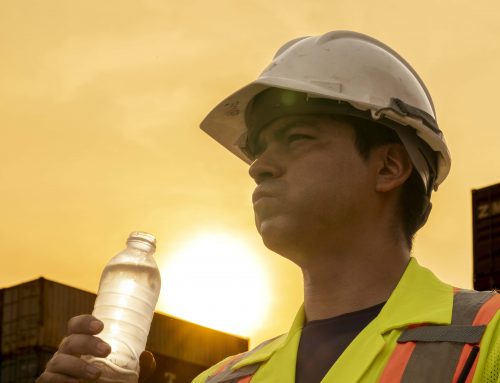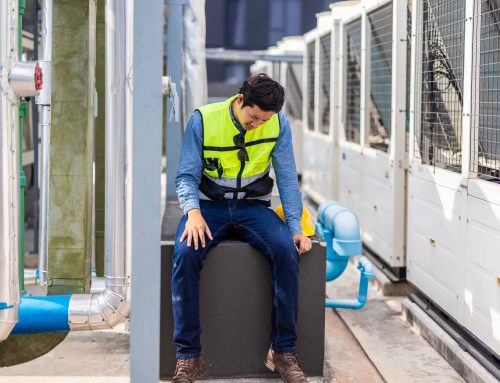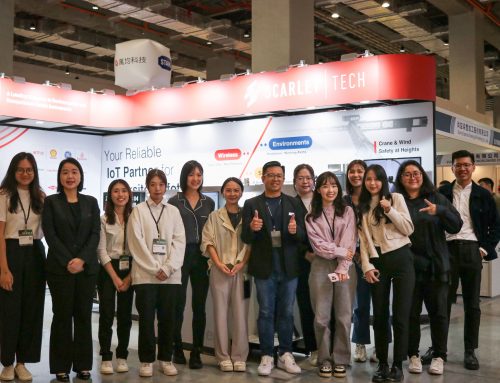Last Updated on
Understanding OSHA Crane Regulations: A Practical Guide to Compliance
Why Crane Safety Is Non-Negotiable
A crane can move hundreds of tons, and when things go wrong, the collapse is sudden and often fatal. That is why OSHA crane regulations spell out training, setup, and inspection requirements before any lift begins. Yet many accidents stem from skipped basics: soft ground setup, ignored load charts, or worn wires missed during checks. Misheard hand signals or failing radios cause others, proving that clear crew communication is safety gear too. Since most incidents are traced to human error, treating crane safety as optional is simply gambling with lives.
OSHA Crane Regulations: Overview of the Core Standards
On any U.S. site where a load is hoisted, two legally binding OSHA rules and a voluntary ASME code set the baseline for crane practice. Collectively, they cover construction work, general-industry plant work, and the technical details of rigging hardware and signals. The practical differences between them emerge in areas such as operator licensing and safe distances from power lines, so matching the rule to the task is the first compliance step.
Which OSHA Standards Apply
29 CFR 1926 Subpart CC is the construction rule. It covers any power-operated equipment able to lift, lower, and move a suspended load in that setting. The eCFR table shows more than forty individual sections, from scope to floating cranes, under the same subpart. General-industry shops instead look to 29 CFR 1910.179 for overhead and gantry cranes. That rule sets clearances, walkway criteria, and maintenance duties for bridge and monorail cranes used under a roof.
ASME’s B30 volumes add consensus guidance on sling angles, hooks, and hand signals. Courts and insurers treat those volumes as persuasive evidence of good engineering practice, even though they are not law. The full standards for crane safety can be found in the Federal Register entries for these CFR parts and in the latest B30 edition. So, OSHA crane regulations and the ASME guidance give employers a map of which rule applies to each crane they field.
Core Safety Provisions You Must Manage
OSHA crane regulations also spell out who may sit in the seat. Section 1926.1427 demands operator certification or licensing, plus an employer evaluation on the specific machine to be used. Before a boom pin is pulled, a competent, qualified Assembly/Disassembly director must supervise the work under §1926.1404. Signal persons need documented proof that they meet §1926.1428 for every signaling method they use. Lift plans must state the load weight, radius, and configurations. NCCCO’s quick-reference version mirrors the OSHA text for easy field use.
No part of the crane, rigging, or load may come closer than 20 ft to a live power line unless one of the mitigations in §1926.1408 is used. Shift, monthly, and annual inspections are set out in §1926.1412 and must be logged. Overhead cranes in plants follow the same record-keeping logic under §1910.179 and must keep three inches of overhead clearance from building members. It turns code into a daily checklist that a competent person can verify, document, and enforce.
Who’s Responsible and What’s Required: OSHA-Compliant Crane Operation and Maintenance
Crane safety in construction is all about matching qualified people with documented procedures. Employers must prove every operator, signal person, and rigger is competent, keep two tiers of inspection records, and fold those tasks into the daily schedule along with an emergency plan. Doing each step faithfully prevents accidents and keeps citations off the company’s doorstep.
Operator Certification & Licensing
OSHA’s 29 CFR 1926.1427 makes the employer responsible for ensuring every crane operator is trained, certified, or licensed before operating covered equipment. The rule applies to almost all construction cranes, with only sideboom cranes, derricks, and machines rated at 2,000 lb or less exempted. Even an exempt operator must still be trained to the level needed for safe use.
Acceptable credentials include a certificate from NCCCO or a state or local license that meets federal criteria. After certification, the employer must evaluate the operator on the specific crane and keep the evaluation on site. Since OSHA crane regulations treat certification, licensing, and evaluation as one linked obligation, the employer holds the legal burden, not the operator.
Qualification of Signal Persons, Riggers, and Supervisors
A signal person must show, through testing by a qualified evaluator, that they know standard hand and voice signals and crane limits. A rigger becomes “qualified” when they can attach and balance the load whenever workers are in the fall zone or when specialized rigging is needed.
Supervisors must validate that these credentials stay up-to-date and must stop work if a worker’s qualification lapses. Employers have to document each individual’s qualifications and keep those records available on the jobsite. Remember that under OSHA crane regulations, failing to keep or produce these files exposes the company to citations rather than the crew.
Inspection and Maintenance Duties
The operator starts every shift with a visual walk-around inspection that covers controls, safety devices, ropes, hooks, and ground conditions. Any defect that affects safe operation must be recorded, reported, and fixed before the crane works again. A separate documented inspection is due every month; the written record must stay on site for at least three months.
A qualified person must perform an annual inspection within 12 months and keep that report for at least a year. ASME B30.5 and CMAA 78 recommend that repair and maintenance logs follow the crane for its whole service life, a practice many firms adopt to exceed OSHA’s minimum. It shows how OSHA crane regulations embed preventive maintenance into daily work.
Practical Ways to Weave Compliance into Daily Work
Digital checklist apps put the inspection form on a phone and time-stamp every signature, cutting lost paperwork. When the checklist feeds straight into a maintenance management system, repair orders are created automatically, and nothing slips through the cracks. Training modules built into onboarding show new hires the inspection sequence on their first day and reinforce it later.
Site managers should drill an emergency response plan that encompasses crane tip-over, power-line contact, and worker rescue at height. Mapping roles and resources in that plan lets crews act fast and keeps investigations short. Consequently, following these habits makes day-to-day work flow smoothly while still lining up with OSHA crane regulations.

